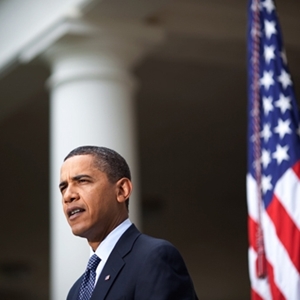
While a great deal of focus has been devoted to 2015, the year in which large business owners are required to provide employee benefits to their workers, what has gotten lost in the shuffle is the substantial tax that will be imposed on coverage providers in 2018.
As noted by Alson Martin, who authored the ACA guidebook "Healthcare Reform Facts," this tax is more commonly referred to as the "Cadillac" tax. These fees are charged to plans that are deemed high cost or that have "excess benefits." This is determined by comparing the cost of the coverage provided to see if it goes over and above the limits of the policy. For example, by 2018, the annual limit is $10,200 per year for employee-only coverage and approximately $27,500 per year for all other plans.
However, there are certain taxes that aren't subjected to the excise tax, according to Martin. This includes liability insurance – including general and automotive-based – workers' compensation, disability income or supplementary coverage for liability protection.
Health insurance news firm BenefitsPro has excerpted several other notable components of the Cadillac tax, which business owners may want to review.
Recently, the federal government launched a website business owners can review in order to learn more about the ACA and how they can comply with the health reform law.





